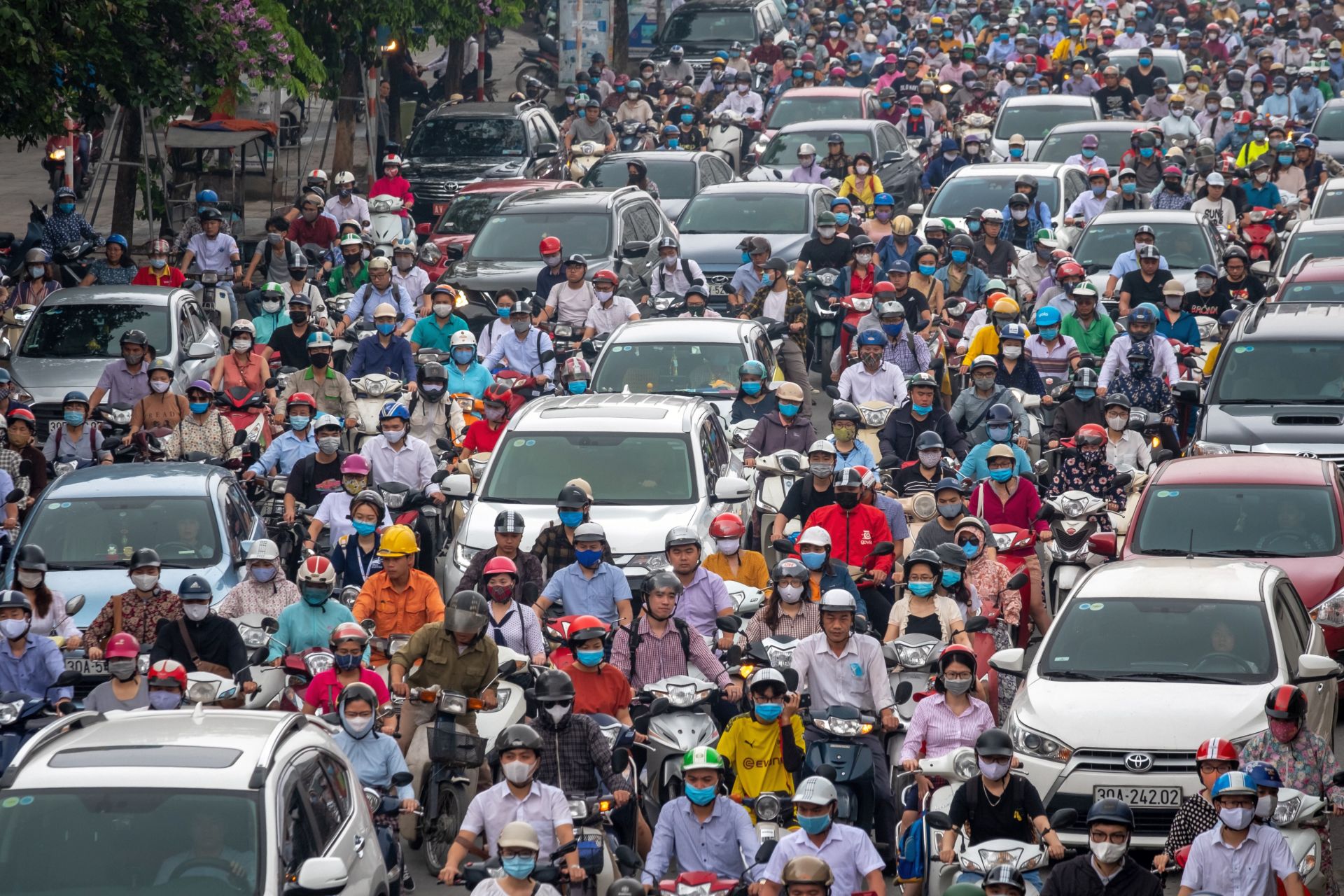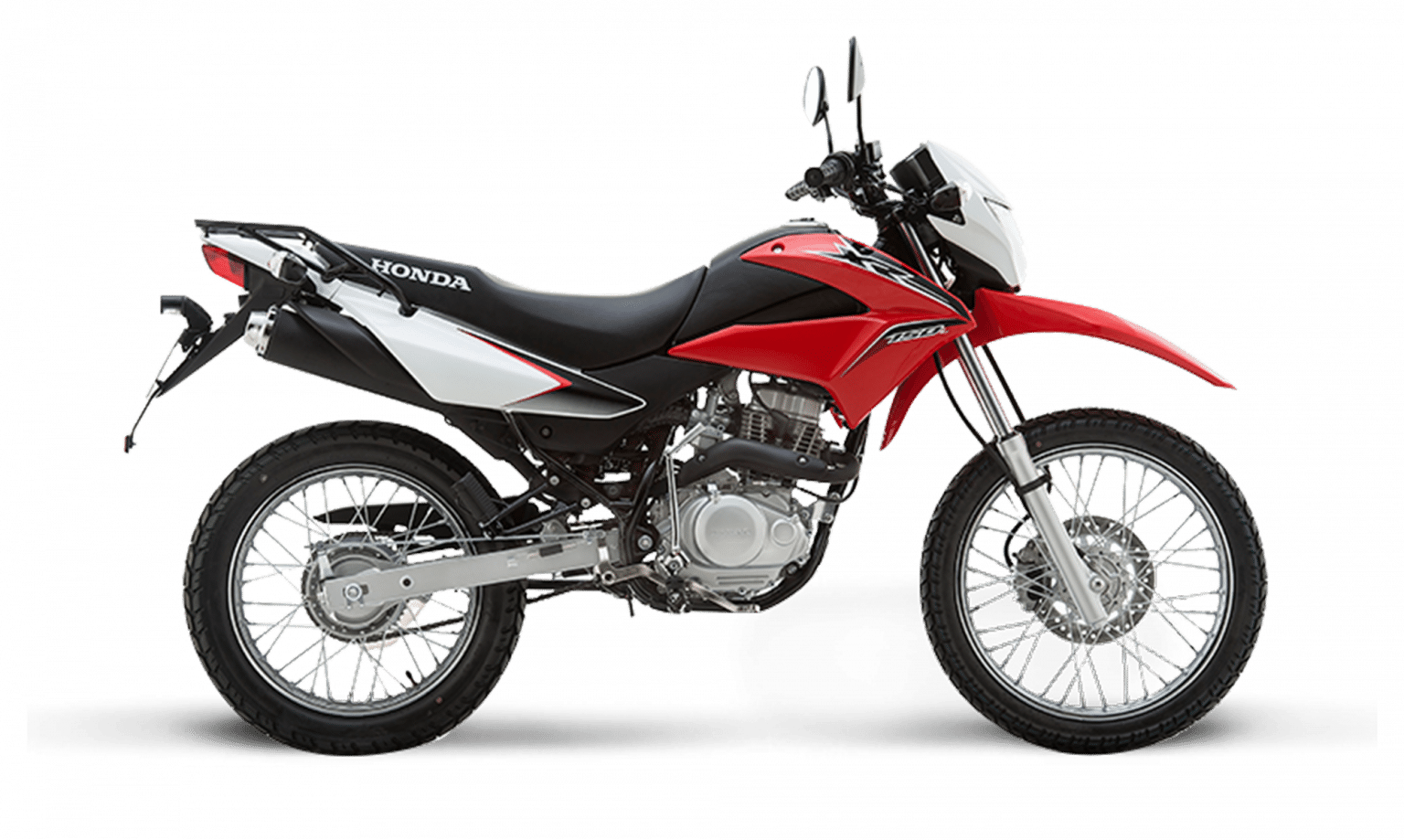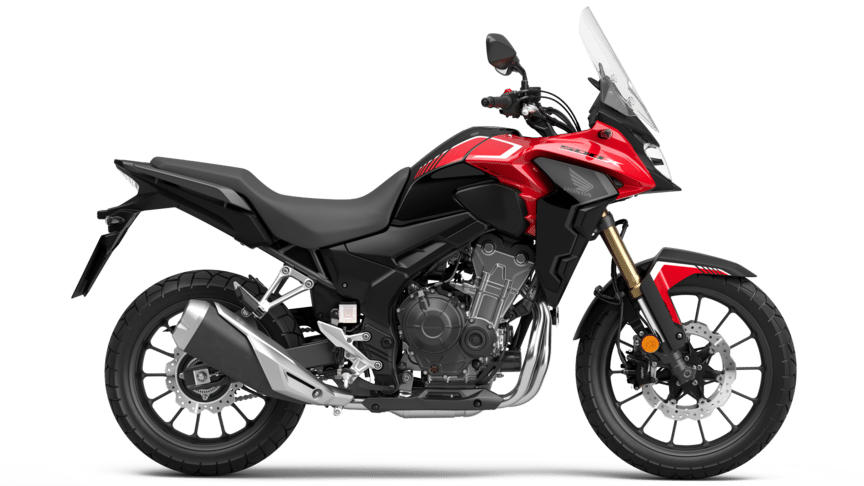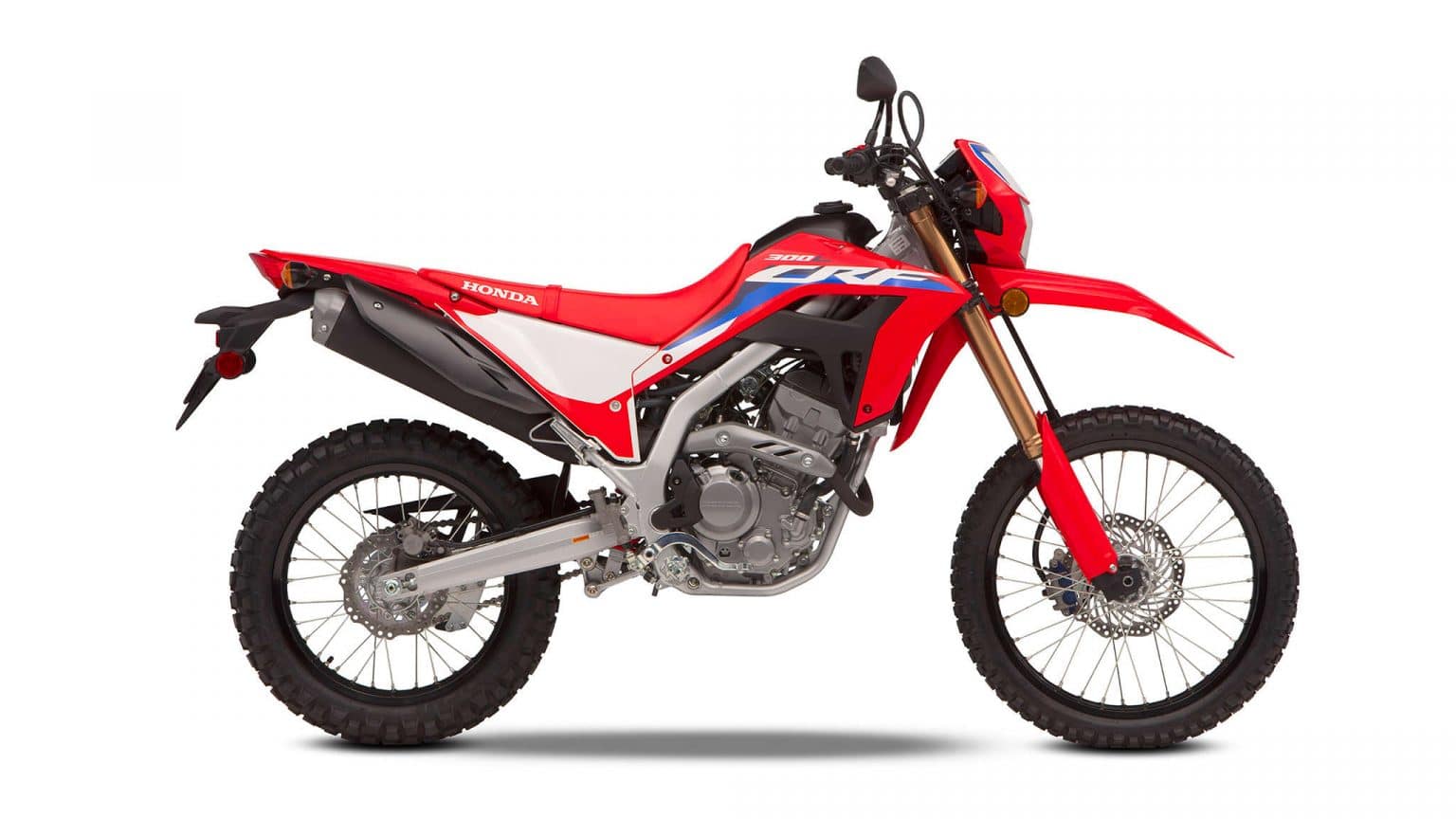Recently, we had a renter sign up for a bike and we sent out the usual information that we always do. This was tips on filling the bike with petrol, parking, riding the bike etc… He has been overseas for ten years in several countries and he sent us back these thoughts of his own on how to ride in Vietnam.
Whilst we generally agree with all of these, we do have to say that they are just suggestions and certainly not professional advice. You may find that at times they are useful and at others they are not. Therefore, use your judgement as to whether or not they are applicable to your situation.
If you are experienced in this style of driving and feel there is little to learn, you may wish to know more about How to drive legally in Vietnam. It is a little difficult to do so, but not impossible.
12 Top Tips for Driving in Hanoi
1. Be attentive
When driving in traffic in Vietnam, stay more attentive that you would need to be in the US or Europe.
We say:
Firstly, be attentive EVERYWHERE, every country and remain focussed. Due to the close proximity of vehicles here and, therefore, reaction times having to be faster, you really do have to be on the ball and better still, one step ahead. However, speeds are lower so…
2. Focus on what is in front of you
We say:
Generally, yes, people in Vietnam worry about what is in front of them and not so much, what is behind them. However, it is wise to use your ears and mirrors.
3. Never assume anything.
We say:
Right on. Prepare for the worst, most stupid thing that someone could do. It is more likely to happen than you think.
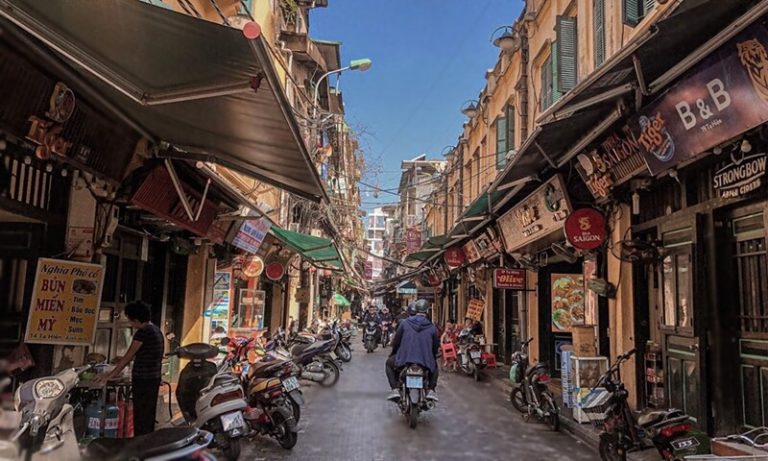
4. Never assume you have the right of way.
In general practice, the right of way goes to the vehicle or person who was there first. A vehicle coming towards you the wrong way down a one way street has priority because they were there first. However, size equals power so some vehicles will demand right of way because of their relative size/perceived importance.
We say:
Totally. Arguing about right of way from a hospital bed is not our idea of fun!
5. Expect traffic to merge without looking
If you are on a main thoroughfare vehicles will merge from side roads at varying speeds but typically they will make minimal effort to merge gracefully. They may not glance at all at the prevailing traffic. They will simply keep driving and expect the prevailing traffic to move over for them regardless of traffic lanes or any “right of way”
We say:
Hence, keep your eyes on the road ahead. Assume responsibility to avoid all that is in front of you. This is irrespective of right of way.
6. Understand that gaps will be filled
There is minimal safety space between vehicles as part of typical driving here. When you leave room between you and the driver in front of you other drivers will cut in front of you. The cultural expectation is that if you leave room someone else is welcome to overtake. (Sometimes even if you don’t leave room they will still overtake) It is a world of opportunistic driving.
We say:
Exactly that. It will be uncomfortable at first but something you get used to. Speeds are lower than back home and this goes some way to reducing the inherent danger.
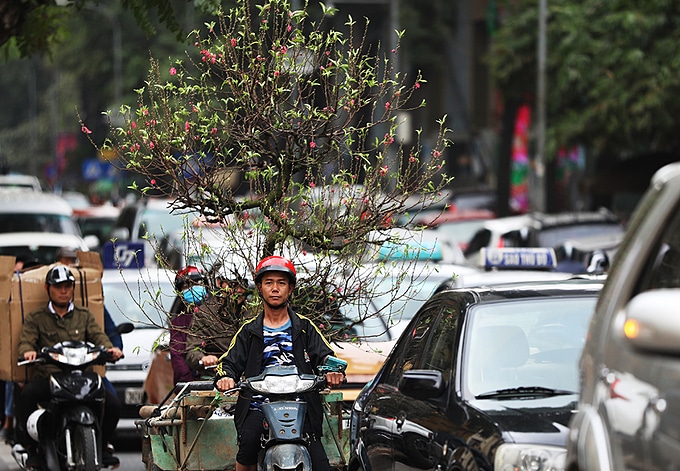
7. Be ready for illogical behaviour
Cars or motorbikes will come to a complete stop or pull a U-Turn anywhere … literally. Expect this. Be very wary. Always be prepared to patiently wait.
We say:
Keep a good stopping distance between you and the vehicle in from and when this is not possible (see No.6 above) try to drive offset to the vehicle ahead. Also, be careful as drivers can fool you by pulling over to the right just before sweeping left to make a U Turn!!
8. Watch out for 'dark' objects
At night it is not uncommon for cars, motorbikes, bicycles, or pedestrians to be traveling with no lights on. They could also be wearing dark clothing with absolutely no reflective material. Be careful at night.
We say:
Absolutely, drive a little slower and it will also help you see the potholes in the road that might be harder to see in poor lighting.
9. Keep your cool
One good note is that in general drivers remain calm no matter what. They rarely get angry. They may honk a lot, but they are still usually very calm. To be emotional in traffic is against the cultural norm. If you get angry you are the oddity.
We say:
Agree, try (it can be hard) to maintain a cool, calm demeanour as being angry can be seen as a bit weird and a weakness.
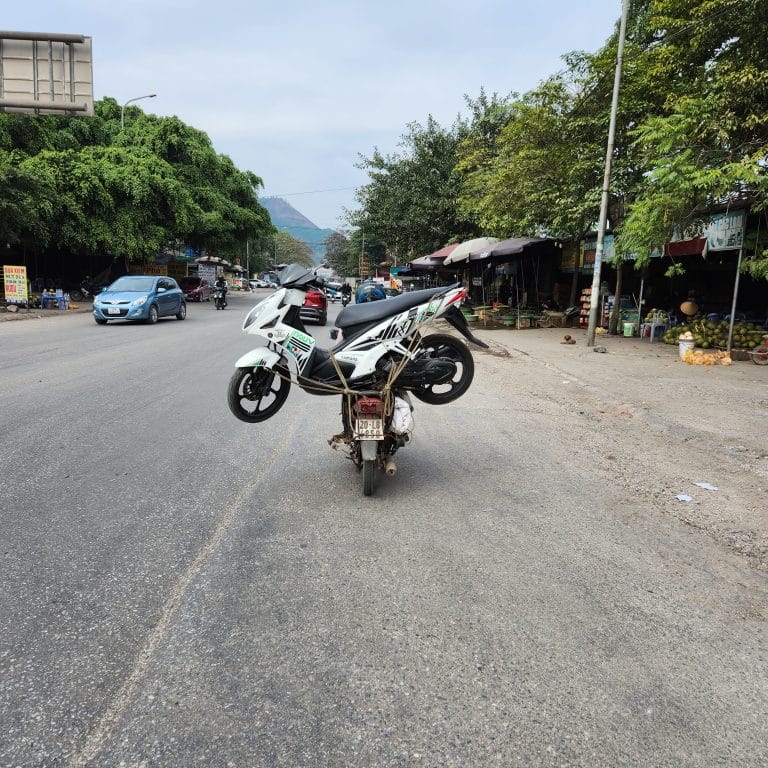
10. Expect to be honked at
Honking happens all the time. There is little correlation between the type of honk and the importance of the situation. A very slight honk might be followed by a massive truck passing you with a centimeter of clearance. A huge honk or repeated honking right behind you could mean the driver is worried about your kickstand being down. Most honking is ignored, however, on occasion both motorbike and car drivers will begin honking and literally take over the road with your safety and their safety at risk and expect you to move out of the way. In these cases it is best to move out of the way.
We say:
There are perhaps some unwritten rules to honking but they are muddled. Be wary of honking but don’t necessarily attach the same importance as you would do back home. Sometimes, it means ‘Hi, look out.’ and other times it means ‘I am not stopping!’
Further to this, we add that a vehicle coming at you with FLASHING HEADLIGHT(S) usually means “I am NOT stopping! Get out of my way!”
11. Learn to push in
Entering into traffic that is already moving is an interesting process in Vietnam. The same is true if you are a pedestrian crossing a busy street with no crosswalk. The social norm here is to walk very slowly and deliberately into the oncoming traffic and the traffic will eventually have to acknowledge your existence and begin moving around you first to the front and eventually at the back too. This runs counter to the US and European driving rules but in most of southeast Asia it is the only way you will be able to get to where you are going. In many cases if you don’t do this you will be stuck waiting for eternity.
We say:
It is uncomfortable but ‘pushing in’ is necessary.
12. Prepare for dangerous overtakers
Passing is often done in situations that US or European drivers would consider very risky. Expect overtaking on dangerous sections and even when little safe space is available. When the two vehicles appear head to head everybody slows down right away and makes room. Somehow it almost always seems to work out.
We say:
Don’t try this but recognize that it happens and ‘Be Prepared’
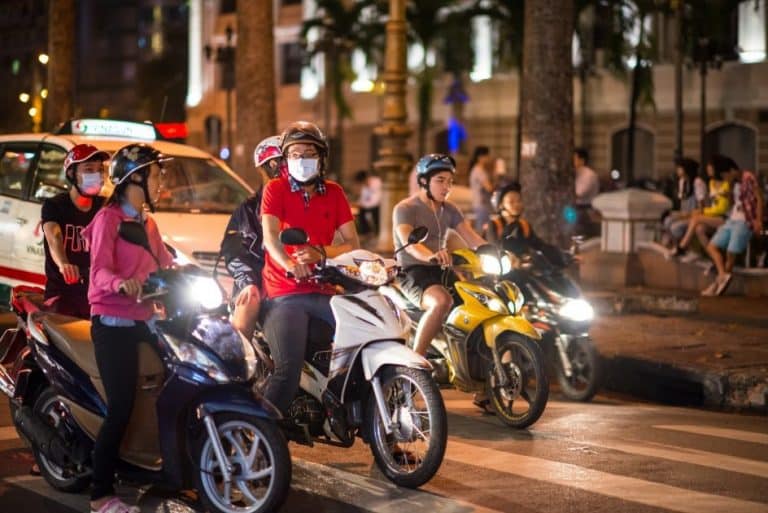
Driving in Hanoi IS Dangerous
You must keep your wits about you. It is very difficult to give a ‘one size fits all’ guide as to how to behave on the roads. Bearing in mind a few of the things above will be a good start to keeping you a little safer.
Lots of people drive here and have little to no problem. However, you can never control your surroundings (the other driver) and defensive (cautious) driving is the best chance you have of staying safe.
CONTACT US for a rental, tour or just a chat about your situation and what suits you best. We are happy to help.
